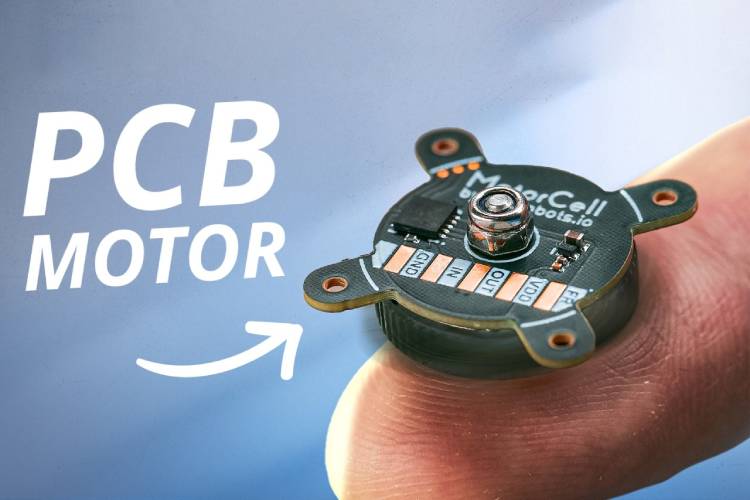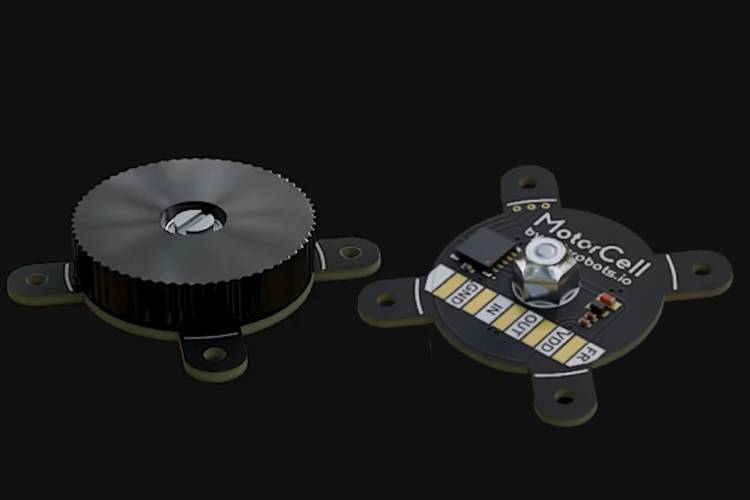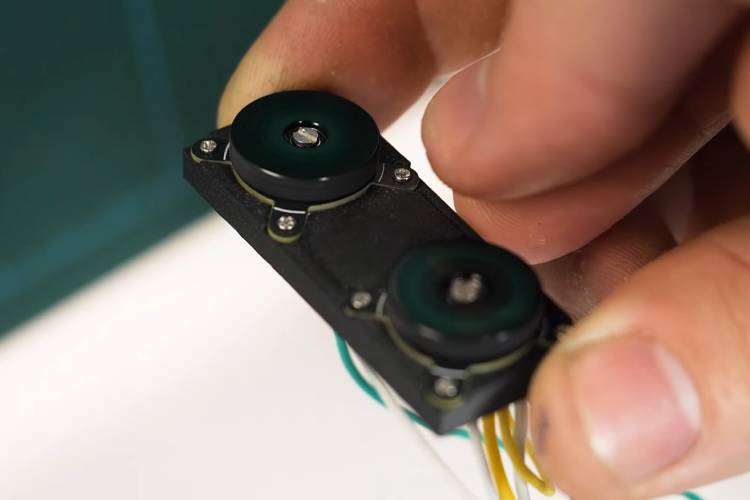
Carl Bugeja, a maker well-known in the DIY community for pushing the boundaries of PCB-based motors, has released his new PCB motor design, which is capable of surviving over 1.6 billion rotations. Built on years of prototyping and testing, this latest iteration combines efficiency, compactness, and durability, all within a printed circuit board design. What started as a rudimentary experiment six years ago has developed into a fully functional, low-power brushless motor with onboard integrated control. The main problem Bugeja faced during the design stage was the copper loss which he handled with optimised PCB trace winding designs and thus increased the efficiency compared to the previous designs. Furthermore, he tackled problems such as eddy current loss and tolerance issues with precision ceramic ball bearings. The resulting design was able to achieve extreme speeds of up to 37,000 RPM.

The BD67173NUX three-phase sensorless fan motor driver made the design easier since the driver IC can handle all the BLDC motors without the need for any hall effect sensor. The integrated motor control and RPM feedback, along with the small footprint made the IC the perfect candidate for Bugeja’s PCB motor. Mechanical stability posed further difficulties. Issues like friction from bearings, wobbly rotors, and inconsistent part tolerances added months of testing. Switching to precision ceramic ball bearings drastically reduced losses, while the knurling on the side of the rotor improved the motor’s shaftless design, allowing parts to press-fit securely without increasing weight.

Despite its compact size, the motor showcases diverse potential applications. From producing artistic spinning illusions to generating haptic feedback, powering micro-robots, and even launching high-speed projectiles. While torque remains a limiting factor for heavier loads, the motor’s performance as a low-power solution opens doors for experimentation. A detailed explanation of his design and how he came up with each improvement can be found in Bugeja’s YouTube video.

